How to Read a Windsock
Pilot Institute
JANUARY 3, 2025
This cone-shaped fabric tube may seem simple, but it delivers vital information about wind conditions that every aviator must learn. The windsock is normally placed next to a runway or helipad so that you can easily see it when lined up for takeoff or coming in for a landing. Consider a windsock as nature’s wind compass.


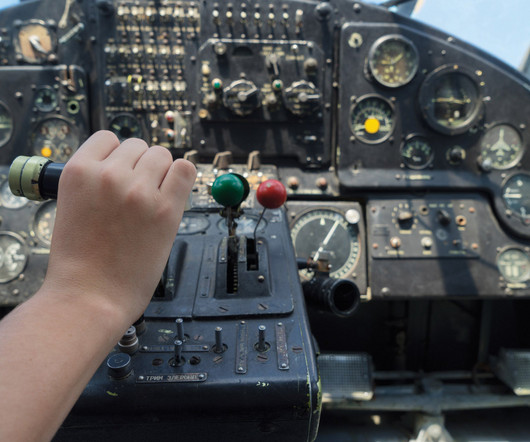


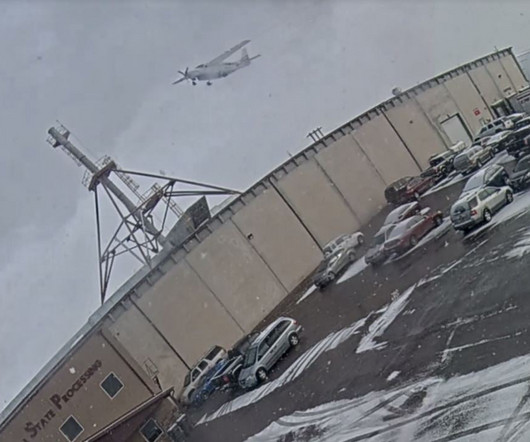
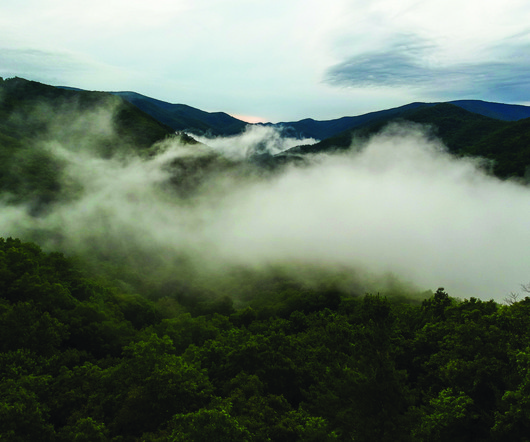


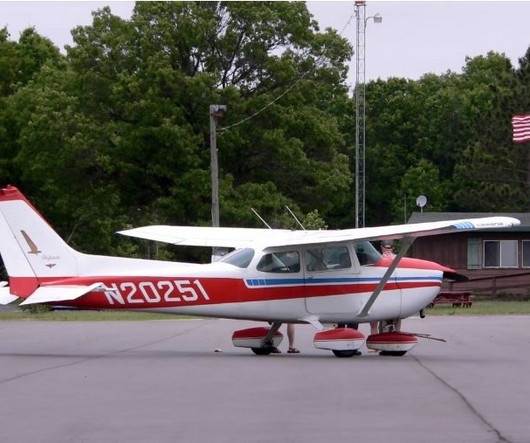
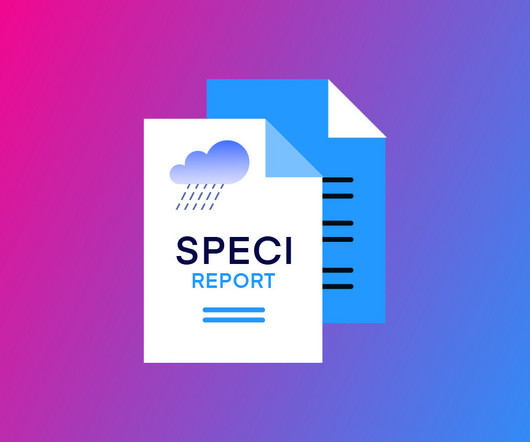
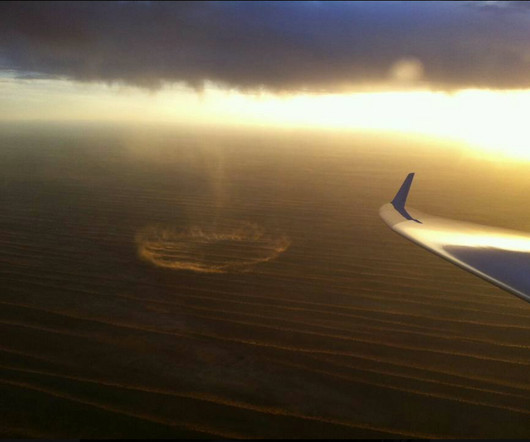

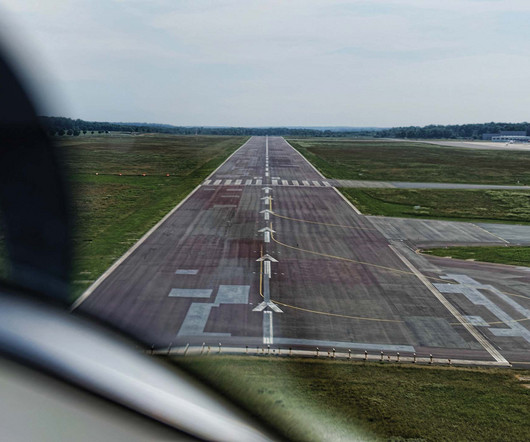

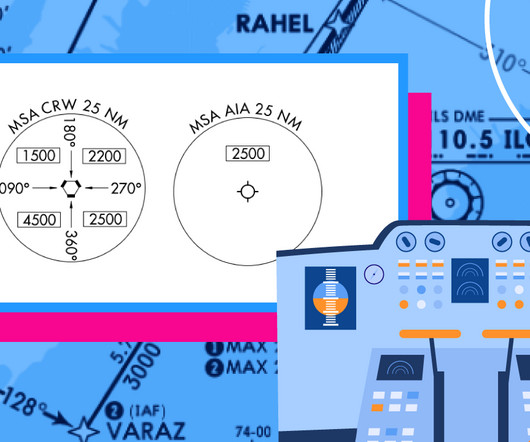








Let's personalize your content